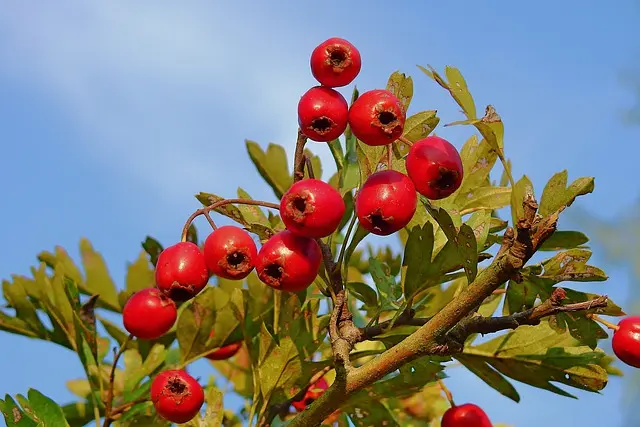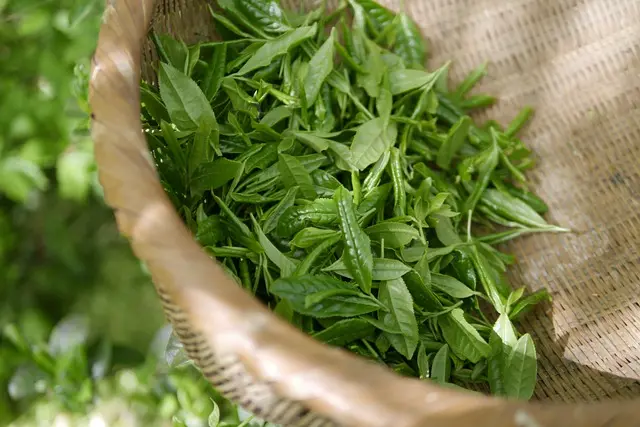
Hawthorn is a fruit of the Rosaceae family, known by its scientific name as Crataegus oxyacantha. It has colors ranging from yellow to red. Its flowers are pink, yellow or white. It is slightly sour in taste. It is widely grown in Asia, Europe and Northeast America.
The main components of hawthorn fruit are flavonoids, organic acids, amines, proanthocyanins, glycosides, saponins, tannins and triterpene acids. It is also rich in vitamin C. In addition to these, it has been determined by some researchers that some hawthorn varieties with red colored fruits contain anthocyanins.
Benefits of hawthorn fruit
There are many benefits of fruit. It is also widely used in the pharmaceutical industry.
- Hawthorn is good for heart diseases because it is a fruit rich in phenolic compounds.
- It prevents the accumulation of cholesterol in the liver.
- It has the effect of dilating blood vessels.
- It is good for hypertension.
- It helps digestion. It is especially good for stomach problems, constipation and indigestion.
How can we consume hawthorn fruit?
The fruit can be consumed in many ways. The most common use is the direct consumption of fresh fruit. Apart from this, its fruits, flowers and leaves are dried and tea is made from it. Another common use is for vinegar. You can also make molasses.
As a result, it is a fruit with health benefits and consumption in different ways. Hawthorn fruit should be consumed in moderation. As a result of the research, it is definitely not recommended to be consumed with plants containing cardiac glycosidase such as ginger, wolf’s claw and lion’s tail that affect the heart. At the same time, the core of the it should not be consumed.






